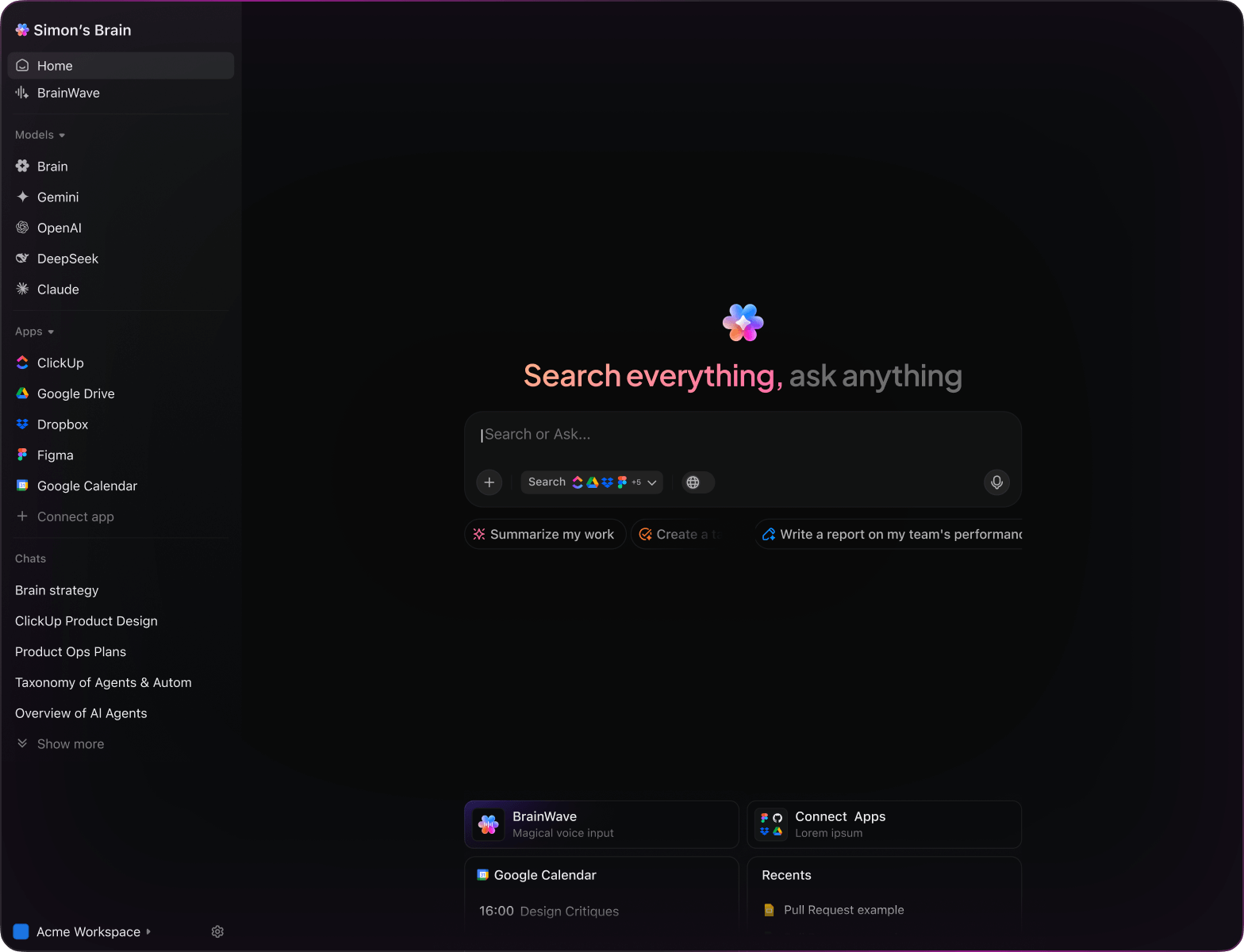AI Bug Reporting
Top AI Prompts for Bug Reporting with ClickUp Brain
Identify issues faster, organize bug details effortlessly, and enhance your team's debugging process using ClickUp Brain.
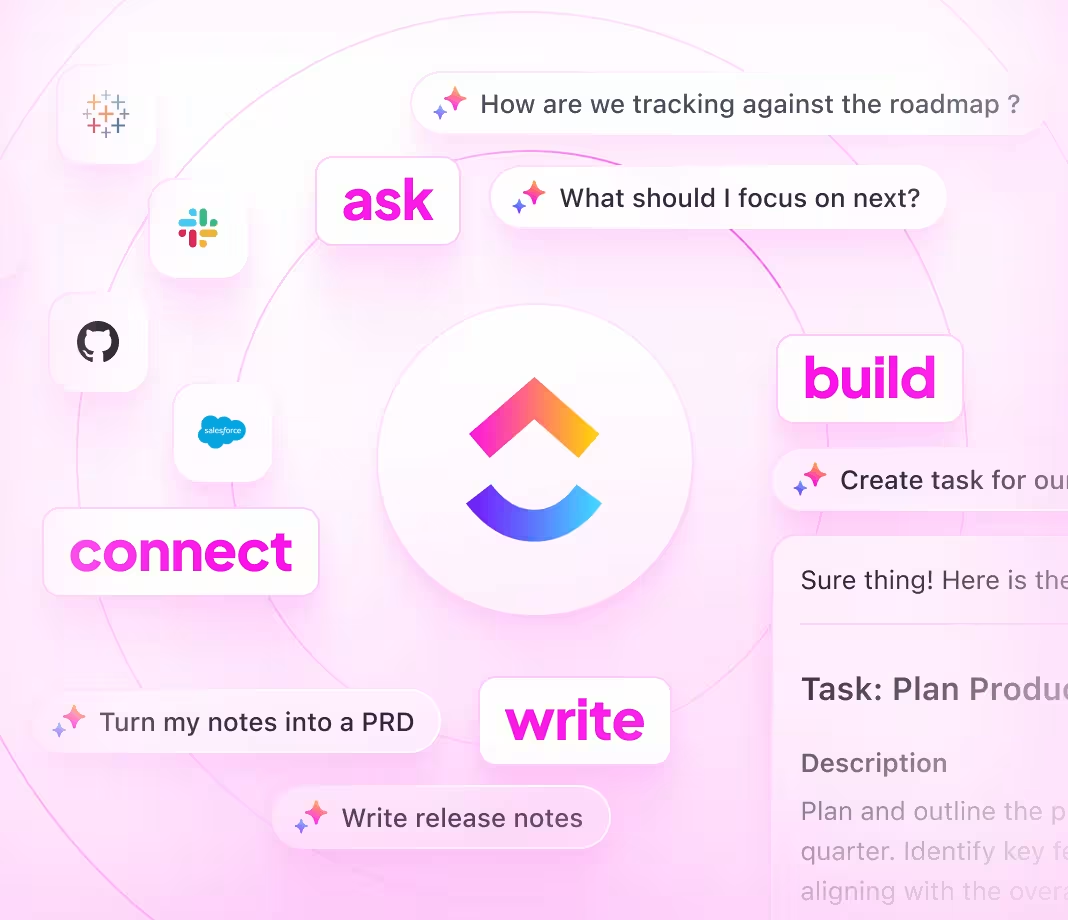
Trusted by the world’s leading businesses
AI in Bug Tracking
Harness AI Prompts to Simplify Bug Reporting
Tracking down software bugs is more than just logging errors—it's about capturing precise details that lead to swift fixes.
From initial discovery to replication steps, impact assessment, and resolution tracking, bug reporting demands clarity and structure amid fast-paced development cycles. AI prompts are revolutionizing this process.
Development teams rely on AI to:
- Quickly identify and highlight critical bug details
- Generate clear reproduction steps from brief descriptions
- Summarize error logs and system messages effectively
- Transform scattered notes into organized bug reports and actionable tasks
Integrated seamlessly into familiar tools like docs, boards, and task trackers, AI in ClickUp Brain acts as a smart collaborator, turning fragmented inputs into well-structured bug reports that accelerate resolution.
ClickUp Brain Compared to Conventional AI
Why ClickUp Brain Stands Out
ClickUp Brain integrates seamlessly with your workflow, cutting down on explanations so you can focus on fixing bugs faster.
Conventional AI Solutions
- Constantly toggling between apps to collect details
- Repeating your bug report context with every request
- Receiving generic, irrelevant suggestions
- Hunting through multiple platforms for one error log
- Interacting with AI that lacks understanding
- Manually switching between different AI engines
- Merely a browser add-on without deep integration
ClickUp Brain
- Instantly accesses your bug reports, project notes, and team updates
- Tracks your previous issues and debugging goals
- Provides detailed, context-aware solutions
- Searches across all your project data in one place
- Supports hands-free input with Talk to Text
- Automatically selects the optimal AI model: GPT, Claude, Gemini
- Dedicated Mac & Windows apps designed for efficiency
Bug Report AI Prompts
15 Powerful AI Prompts for Bug Reporting with ClickUp Brain
Enhance your bug tracking—diagnosis, prioritization, and resolution simplified.

Extract 5 main bug types from the ‘Q2 Bug Log’ document.
ClickUp Brain Behavior: Analyzes linked reports to highlight frequent bug categories and common issues.

Summarize prevalent user interface bugs from the ‘Release 3.2 Feedback’ folder.
ClickUp Brain Behavior: Aggregates user feedback and internal notes to pinpoint recurring UI problems.

Using ‘Crash Reports March’ and prior templates, create a detailed report format.
ClickUp Brain Behavior: Extracts key fields and best practices from documents to generate a comprehensive bug report template.

Summarize average fix durations using data from ‘Sprint 10’ and ‘Sprint 11’ reports.
ClickUp Brain Behavior: Processes tabular data and commentary to provide a clear comparison of team performance.

Identify frequent backend issues from error logs and incident reports.
ClickUp Brain Behavior: Scans linked documents to extract common failure points and their impact notes.

From ‘Bug Fix Log’ and test cases, create a structured regression checklist.
ClickUp Brain Behavior: Converts documented fixes and test criteria into actionable testing steps.

Analyze recent tickets and feedback to identify recurring themes.
ClickUp Brain Behavior: Detects trends and frequent issues mentioned in support documentation.

Extract and summarize main onboarding issues reported by users.
ClickUp Brain Behavior: Reviews survey data and notes to prioritize usability challenges.

Using the tone guide in ‘SupportVoice.pdf’, draft reply templates.
ClickUp Brain Behavior: Pulls style cues to craft user-friendly and reassuring communication samples.

Review ‘Bug Management Update 2024’ and outline key modifications.
ClickUp Brain Behavior: Synthesizes policy documents to highlight procedural updates and benefits.

Reference internal compliance docs to create a privacy-focused bug reporting checklist.
ClickUp Brain Behavior: Extracts relevant rules and formats them into clear, actionable steps.

Using ‘Triage Criteria’ and past reports, develop a structured prioritization tool.
ClickUp Brain Behavior: Combines documented criteria into an easy-to-follow matrix for team use.

Summarize data from platform-specific bug logs and analytics.
ClickUp Brain Behavior: Presents a comparative overview highlighting platform strengths and weaknesses.

Analyze recent feedback and testing reports to identify new interface issues.
ClickUp Brain Behavior: Synthesizes observations to inform design and development teams.

Extract and prioritize stability-related feedback from ‘Beta Test Reports’.
ClickUp Brain Behavior: Organizes user comments and bug data to spotlight critical stability concerns.
Accelerate Bug Resolution with ClickUp Brain
Cut down repetitive fixes, unify your developers, and produce precise bug reports using AI-powered workflows.





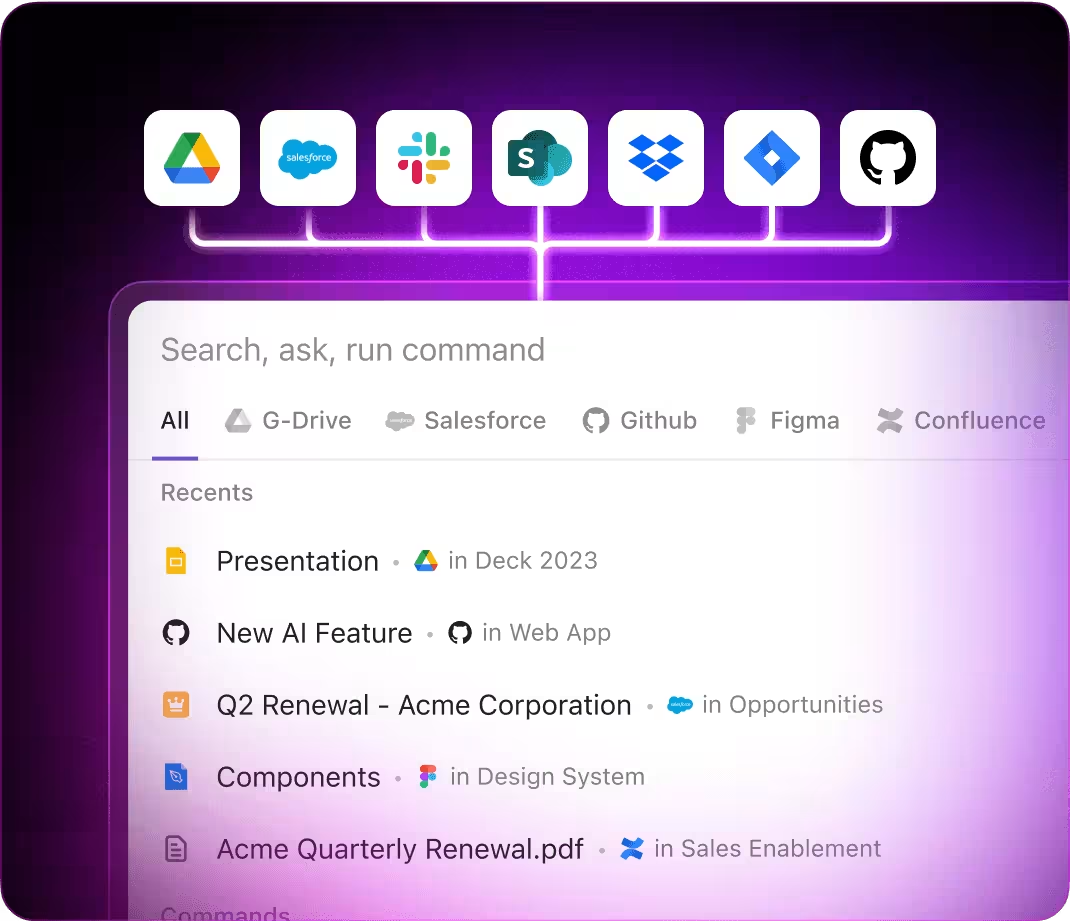
LLMs vs. Workflow Intelligence: How ClickUp Brain Enhances Bug Reporting
Discover How ChatGPT, Gemini, Perplexity, and ClickUp Brain Tackle Bug Report Prompts
Prompts for ChatGPT
- Outline a concise 5-point summary of recent bug reports focusing on critical system errors.
- Compose clear communication for stakeholders about a newly identified security vulnerability.
- Generate 3 possible root causes for recurring app crashes and explain their impact.
- Draft a detailed process for reproducing a complex bug in the mobile app environment.
- Compare the last 3 bug fixes and highlight the most effective resolution strategies.
Prompts for Gemini
- Propose 3 different prioritization schemes for bug triage based on severity and user impact.
- List innovative methods to improve bug report clarity and developer handoff.
- Create a mood board description for a bug tracking dashboard emphasizing usability and clarity.
- Suggest ergonomic layouts for bug status boards and rank them by team efficiency.
- Develop a comparison table for bug tracking tools focusing on integration, customization, and reporting features.
Prompts for Perplexity
- Identify 5 common causes of software bugs and rank them by frequency in recent projects.
- Provide a comparison of debugging techniques for web applications, highlighting speed and accuracy.
- Summarize global trends in bug reporting automation and their adoption rates.
- Generate a list of 5 effective bug documentation practices and rank by developer preference.
- Compare past bug resolution workflows and summarize top 3 improvements for faster fixes.
Prompts for ClickUp Brain
- Transform this bug report conversation into prioritized tasks with assigned team members.
- Summarize QA feedback and create follow-up bug fixes with deadlines and owners.
- Analyze annotated error logs and compile a checklist of issues needing developer attention.
- Generate a task list from this cross-team bug triage meeting, including severity and resolution steps.
- Summarize user session recordings for app crashes and create actionable bug tickets in ClickUp.
Why ClickUp Works
Transform Bug Notes Into Clear Reports
- Convert scattered bug details into structured reports quickly.
- Generate new troubleshooting angles from historical issue data.
- Build custom templates to accelerate every bug filing.
Brain Max Boost: Effortlessly access previous bugs, test results, and team comments to guide your current report.
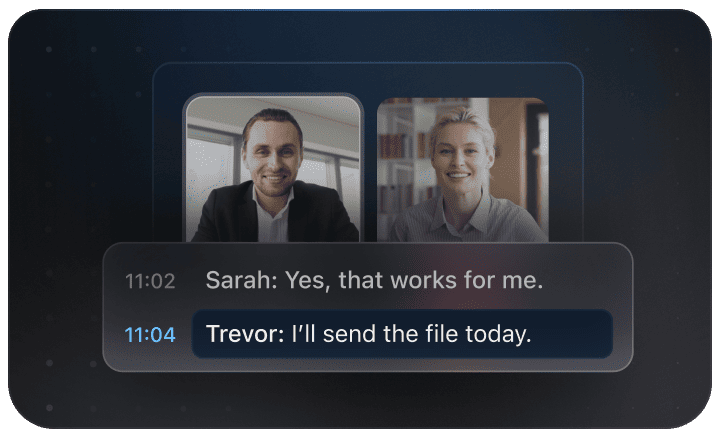
Why ClickUp Excels
Accelerate Bug Reporting and Resolution
- Transform lengthy bug discussions into precise, actionable tickets.
- Translate error logs into clear, assignable tasks effortlessly.
- Automatically produce detailed bug reports and resolution summaries without manual effort.
Brain Max Boost: Instantly access historical bug fixes, component analyses, or test results across all projects.
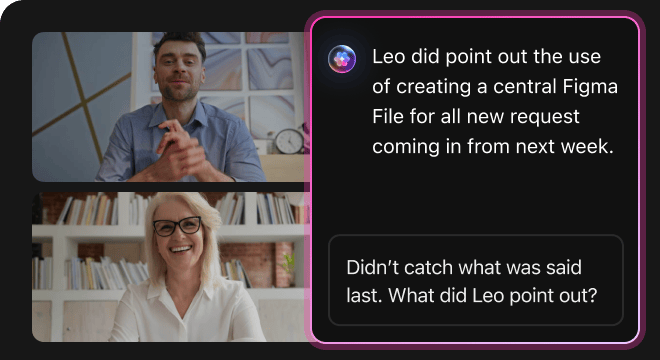
AI Advantages
How AI Prompts Enhance Every Phase of Bug Reporting
AI prompts accelerate issue identification and empower more effective bug resolution.
Quickly Identify Root Causes
Developers uncover underlying problems faster, prioritize fixes wisely, and prevent backlog pileups.
Improve Bug Prioritization
Make informed choices, reduce critical errors, and deliver software that meets user expectations and compliance.
Detect Errors Early to Save Time
Minimizes expensive late fixes, boosts software reliability, and accelerates release cycles.
Align Teams Around Clear Issue Tracking
Enhances communication, removes confusion, and speeds up resolution among QA, dev, and product teams.
Drive Continuous Improvement
Encourages innovative debugging strategies, refines testing processes, and keeps your software competitive.
Integrated AI Support Within ClickUp
Transforms AI insights into actionable tasks that advance your bug tracking and fixing workflows.
Speed Up Your Bug Tracking
Cut down mistakes, simplify team collaboration, and generate insightful bug reports using AI support.





